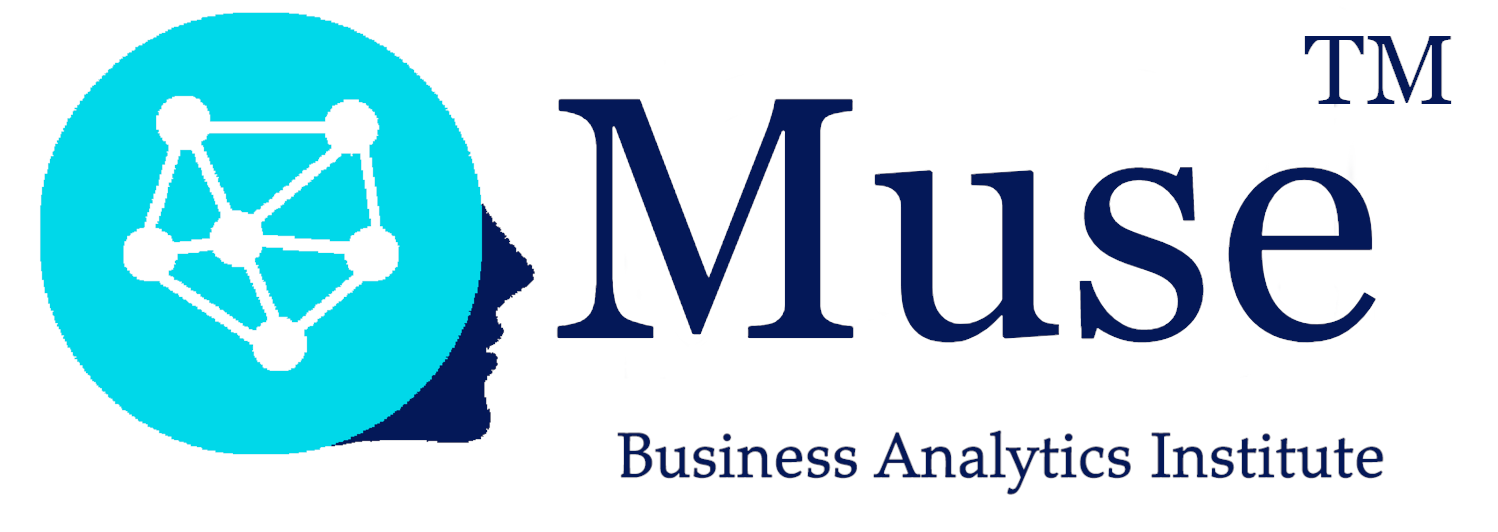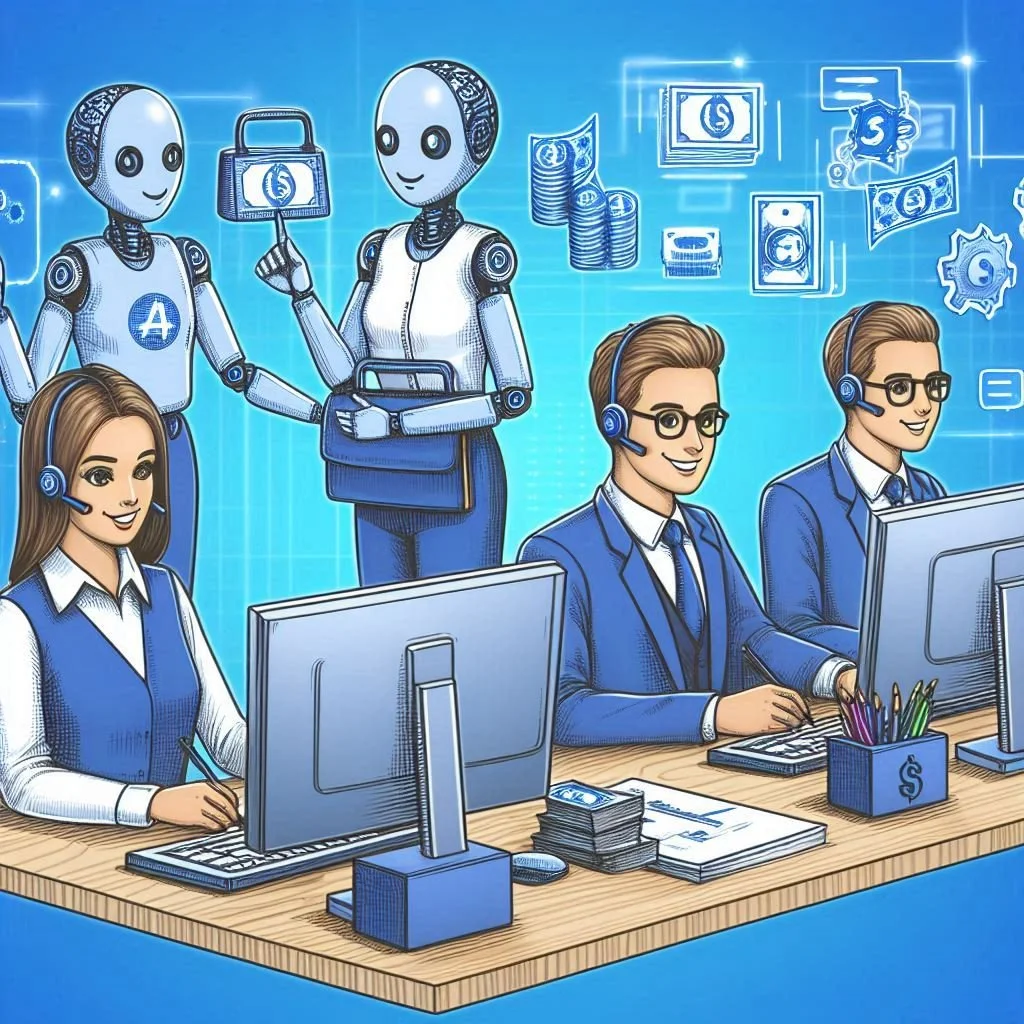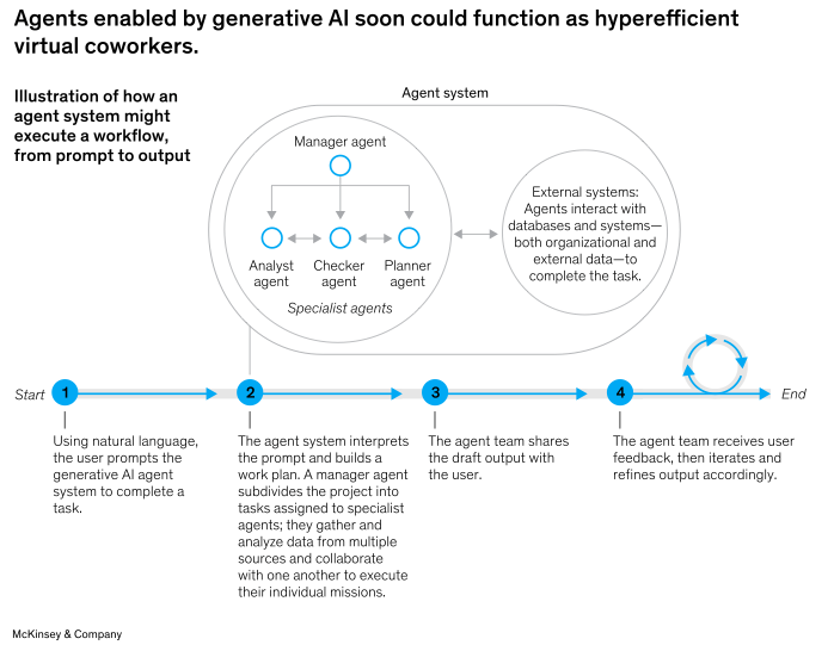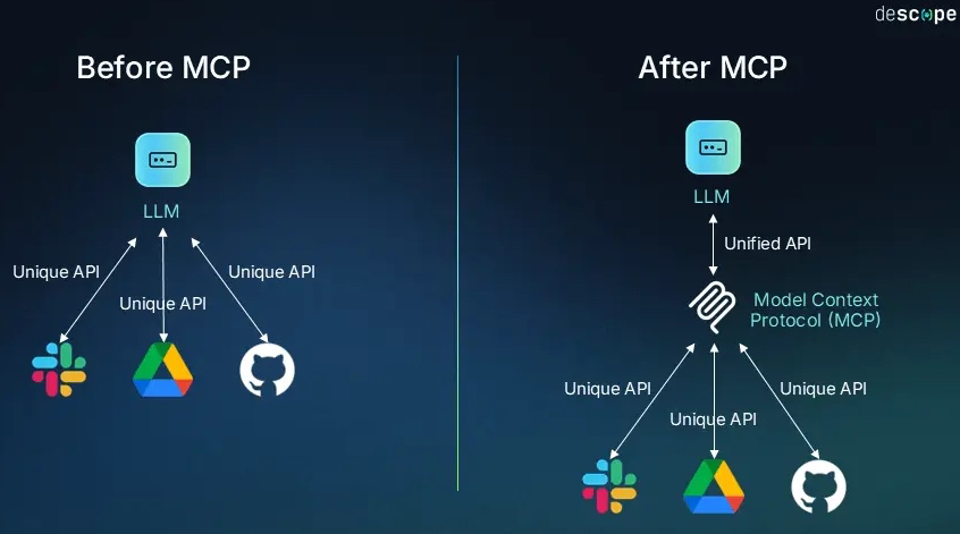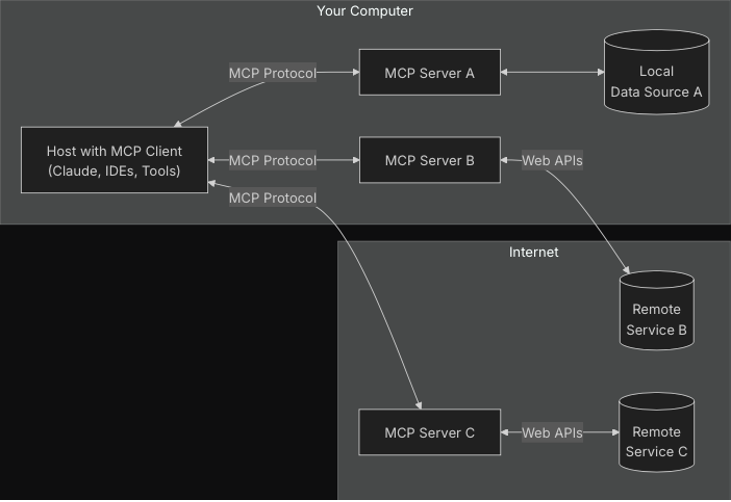Introducing
AI Agents
Spread over several issues, the editorial team at Muse™ will be looking at what AI Agents and Agentic AI are.
In this article, we will provide a brief and concise overview of what AI Agents are.
Agentic AI will be covered in the next issue. Because yes, there is a difference between AI Agents and Agentic AI, even if it is a subtle one.
After covering the theory behind AI Agents and Agentic AI, we will move on to the practical side with concrete examples to help you (re)discover the capabilities of AI Agents and Agentic AI in various sectors.
However, we will not be discussing the algorithmic aspects of AI Agents and Agentic AI.
We hope you enjoy reading this issue and have a great summer break.
Don't hesitate to leave us a comment, to share our newsletter.
Enjoy reading!
AI Agents in some data (2024–2025)
From among Fortune 500 companies, 25% will integrate AI agents into systemic functions.
Before diving into the world of AI Agents, let's take a look at what AI Agents have actually represented since 2024.
o R&D investment
Development of autonomous AI systems: +210% between 2022 and 2024
o In 2024
AI agents represented US$ 5.4 billion internationally.
By 2030, the AI agent market will be worth approximately US$ 50.31 billion.
o In 2025
+ 1,000 startups will be developing AI agent models.
o Sectors most impacted:
Finance, IT (software development), logistics, human resources, and healthcare
AI Agents: Definition and Concept
The concept of AI agents is not new. Historically, AI agents date back to the 1950s, when the very concept of AI was first developed. However, it was not until the early 2020s that scientific research was able to develop and refine autonomous agents.
In the multidisciplinary field of artificial intelligence (AI), the term “agent” means an autonomous entity.
An AI agent (or autonomous entity) is capable of acting autonomously by making decisions without human interaction.
The AI Agent is also capable of perceiving the environment in which it operates. This is referred to as contextual artificial intelligence (contextual AI). Contextual AI is a key element in the success of AI Agents.
In summary, an AI agent is an autonomous entity that is capable of perceiving its environment and acting autonomously as a result.
AI agents are capable of using applications with graphical interfaces such as a web browser. They are also capable of using tools designed for use by system applications such as APIs (Application Programming Interfaces).
AI agents: Simple example
To visualize the use of AI agents in our daily lives, let's take the field of home automation as a simple example.
In home automation, let's take the example of thermostat sensors, which automatically adjust the temperature of radiators based on the temperature in the rooms.
In a workplace, this could be an AI agent placed on network equipment that analyzes either packets or IP addresses based on network traffic. Depending on the settings, AI agents block potential cyberattacks.
AI agents: How it works?
AI agents operate in a four-step process. In these four steps, humans are involved in the first step.
o Step 1 – The user (human) assigns a task to the agent system.
The AI agents work autonomously to plan and determine how to complete the task.
o Step 2: The agent system plans, distributes, and executes the work.
The AI agent system breaks down a workflow into tasks and subtasks, which a management agent assigns to other specialized subagents.
To simplify, there is one coordinator agent who supervises the actions of three subagents:
o 1 analyst agent
o 1 verifier agent;
o 1 planner agent.
These specialized agents draw on their previous experience and expertise in the field, coordinate with each other, and use both organizational and external data to perform their assigned tasks.
o Step 3: The agent system can iteratively improve its results.
The agent system may request additional information from the user to ensure the accuracy and relevance of the results. Once the final result is provided, the agent system may request feedback from the user.
o Step 4: The AI agent executes the action.
The AI agent performs all actions necessary to complete the task.
Below is a diagram showing how an AI Agent works.
Figure 1 - Agents enabled by GenAI soon could function as hypereffecient virtual coworkers.
Source: McKinsey Explainers, What is an AI Agent?, McKinsey, March 2025
AI agents: Model Context Protocol – MCP
Model Context Protocol - MCP is an open-source client-server connection protocol.
MCP standardizes exchanges between Larges Language Models (LLMs) and the Application Programming Interface (API) of Slack, Google tools or Github.
MCP enables conversational agents, for example, to be interconnected with external services and data sources.
Above are 2 diagrams, one before and one after the implementation of the MCP protocol.
Figure 2 - The contribution of PCMs to AI models.
Source: Descope & La Revue IA
In addition to standardizing exchanges, MCP offers 5 advantages:
Makes AI systems truly relevant: with answers derived from up-to-date data, rather than fixed knowledge.
Saves developers a considerable amount of time: as hundreds of open-source MCP servers (for Google Drive, GitHub, Notion, Spotify, Qdrant, etc.) are already available and ready to use.
Total interoperability: the same MCP server can work with several language models, and conversely, it is possible to change LLMs without having to recode existing integrations.
Built-in security: possibility of keeping data local, applying fine-grained access controls (ACLs) and auditing calls.
Linear scalability: simplifies the addition of new tools or models that require only a single installation, thus avoiding the complexity of multiple integrations.
Below is a diagram showing the infrastructure of the MCP protocol.
Figure 3 - MCP standard infrastructure.
Source: modelcontextprotocol.io
Legends:
o MCP hosts:
Programs such as Claude Desktop, IDE or artificial intelligence tools that wish to access data via MCP.
o MCP clients:
Protocol clients that maintain 1:1 connections with servers.
o MCP servers:
Lightweight programs, each exhibiting specific capabilities through the standardized Model Context Protocol.
o Local data sources:
Files, databases and services on your computer that MCP servers can access securely.
o Remote services:
External systems available on the Internet (e.g. via APIs) to which MCP servers can connect.
MCP is a protocol set up by Anthropic at the end of 2024.
AI agents: Different levels of autonomy
After discussing how AI agents work, we will now examine the different levels of autonomy of AI agents.
There are 5 levels of autonomy for an AI agent.
Figure 4 - 5 levels of autonomy of an AI Agent.
AI agents: Different types
The number of types of AI agents varies between 5 and 8 depending on the classification chosen.
In this article, we base our classification on the book (and bible) Artificial Intelligence: A Modern Approach by Russell & Norvig (2020). We will present you with the 5 types of AI agents.
o Simple reflex agents
o Decisions based solely on the current perceived state (condition -> action [if … then]).
o No internal memory or model of the world.
o Example:
A thermostat that turns on the heating when the temperature drops below a certain threshold.
o Model-Based Reflex Agents
o Have a partial internal representation of the state of the world (model), which is updated with each perception.
o Make decisions based on the estimated current state and conditional rules.
o Example:
A robot vacuum cleaner that memorizes the map of rooms already cleaned to avoid going over the same place twice.
o Goal-Based Agents
o Add explicit goals (desired states) to their internal model.
o Perform symbolic planning (search for a sequence of actions leading to the goal state).
o Example:
A BDI (Belief-Desire-Intention) planning algorithm that, when faced with a complex goal, constructs a step-by-step plan to achieve it.
o Utility-based agents
o Extend the concept of goals by associating them with a utility function (satisfaction or preference scale).
o Choose the action that maximizes this expected utility, rather than simply achieving a goal.
o Example:
An algorithmic trading assistant that evaluates various strategies and chooses the one offering the best risk/return trade-off.
o Learning Agents
o Have a learning module capable of improving their performance through interaction.
o Composed of 3 modules:
· A learning element that adjusts the internal model or parameters of a decision function.
· A performance module (performance element) that executes actions in the environment.
· A critic module (critic) that evaluates the quality of performance against a criterion.
· A representation module (problem generator) that generates new experiences (exploration).
o Example:
A recommendation agent that improves its content selection criteria based on user feedback (e.g., Netflix).
To these 5 types of AI Agents, we can add 3 other types of AI agents.
The 3 other types are:
o Autonomous Agents
o Work autonomously from the stage of perceiving the environment to the execution of the task.
o Combine several activities (memory, reasoning, tool use, and feedback loops).
o Example:
Tools such as AutoGPT, Personal AI Assistants, and Task-Driven Agents use this type of AI agent.
o LLM-Based Agents
o Use language models for reasoning and generation.
o Use reasoning and planning.
o Example:
Tools such as AutoGPT, LongChain Agents, and CrewAI use this type of AI agent.
o Agentic AI Agents
o Work with several AI agents in collaboration or in parallel.
o Example:
Tools such as Agentic RAG Systems, Game agents, and Swarm Robots are Agentic AI Agents.
Agentic AI can be considered a variant of AI Agent.
The definition and difference between Agentic AI and AI Agent will be discussed in the next edition of the newsletter.
© Muse™ – Listen to your muse
This article is licensed . You may share it freely by citing the source,
preserving the original content and displaying the logo below with a link to www.listentoyourmuse.com
Source
o Model Context Protocol, modelcontextprotocol.io, version 2025-06-18
o Mahdi Mesbahi, Agent IA : Définition, Fonctionnement et Applications, definition-ia.com, Februry 13, 2025
o Shalini Goyal, Difference between AI Agents & Agentic AI, LinkedIn, 2025
o McKinsey Company, What is an AI Agent, March 2025
o Thanks to Tony Moroney for publication in LinkedIn
o Russell, S. J., & Norvig, P., Artificial Intelligence: A Modern Approach, 4° édition, 2020, Pearson
o Le guide des agents IA : comprendre, anticiper et s’adapter, RobotMag, Robot Magazine, 2025
o Agents in AI, Geeks for geeks, April 2025
o Comprendre le protocole MCP (Model Context Protocol), Iyes Talbi, La revue de IA, June 1st, 2025
o API : qu’est-ce-que c’est et à quoi ça sert ? Jérémy Robert, DataScientest, December 30 2020
o What Is the Model Context Protocol (MCP) and How It Works, descope, April 7, 2025
